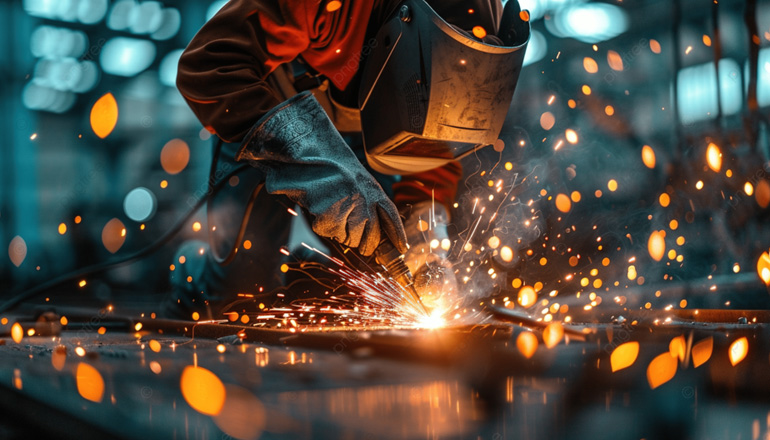
Alloy Steel Welding Work
Alloy Steels are materials of special compositions, developed to permit the deployment of elevated mechanical properties.
These make them the most suitable selection for important applications like bridges, high-rise towers and lifting equipment.
As written already elsewhere, the manipulation of Chemical Composition is what gives Alloy Steels the Versatility, to become capable of displaying specific characteristics by undergoing suitable thermal treatments.
By utilizing the most out of improved strength, hardness, ductility and impact resistance through innovative design, it is possible to build lighter structures with considerable economic gains.
High Alloy Steels In Welding
High alloy steels are those that contain more than 10% alloy content. Stainless steel is one type of high alloy steel that contains chromium over 10%. Because of the high alloy content, these steels are often difficult to weld. However, with the right welding process and technique, high alloy steels can be successfully welded.
Fabrication Service
There are several things to consider when welding high alloy steels:
- First, it is important to use the correct welding process.
- Second, the welder must have the proper training and experience.
- Third, the right welding equipment must be used.
- Finally, the welding procedure must be followed correctly.
When welding high alloy steels, it is important to use the correct welding process. The most common welding processes used for high alloy steels are gas metal arc welding (GMAW) and flux cored arc welding (FCAW). GMAW is the most popular welding process for high alloy steels because it is less likely to cause weld defects. FCAW can be used for high alloy steels, but it is more likely to cause weld defects.
The main difference between high and low-alloy steels is the amount of chromium. High-alloy steels contain more chromium than low-alloy steels. The additional chromium gives the steel corrosion resistance and toughness. Low-alloy steels are weaker and less resistant to corrosion than high-alloy steels
The welder must have the proper training and experience to weld high-alloy steels.





















